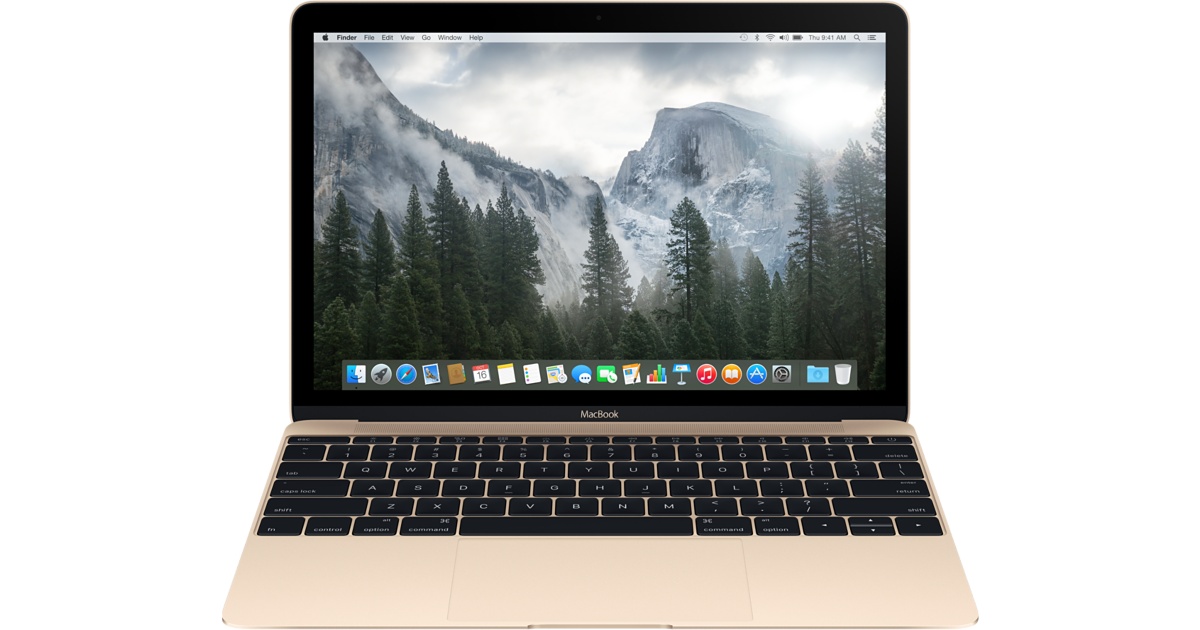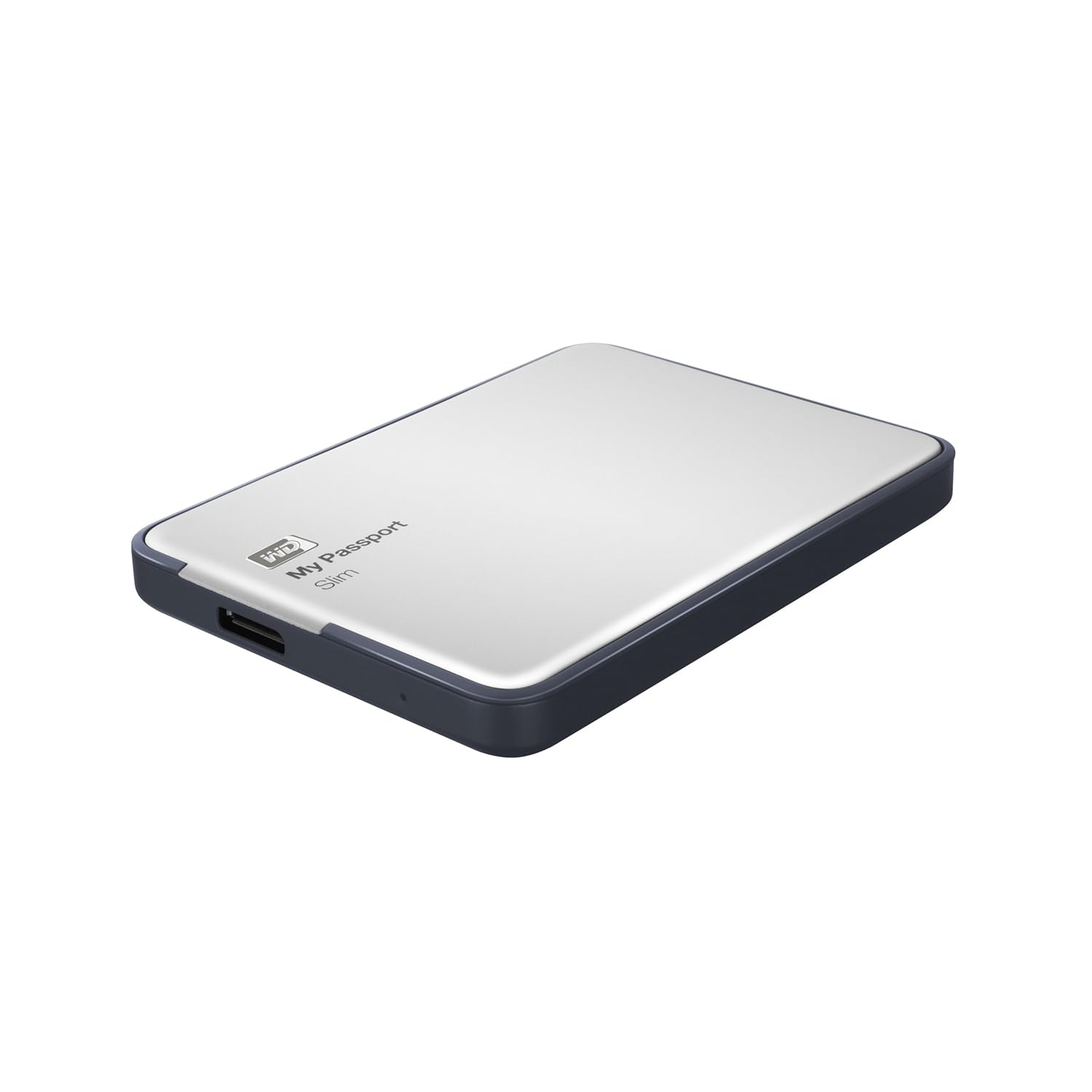This is a subject I return to quite regularly, the last time being May, 2014. It’s an important subject because with digital photography you create many, many images, and if you’re not organised you’ll lose some images you want to keep or use, which can lead to unnecessary frustration and a lot of wasted time.
In the earlier post I detailed how I was using an external hard drive (a WD My Passport Slim) to store all Images and my main Lightroom Catalog. Nothing has changed here – the ability to swap between the MacBook Pro and the iMac for editing working off a single catalog and image store has been invaluable – the only modifications being:
- I always do a second copy of my imported images to a Folder on the Hard Disk of the Mac the external Hard Disk is attached to – on both systems this is Pictures > Lightroom Backup > Imports, and
- I always backup the Catalog on exit every time to Pictures > Lightroom Backup > Catalogs.
When I’m confident the external hard drive has been backed-up to Time Machine when it’s connected to the iMac, I delete the contents of the Lightroom Backup folder(s) on both systems.
I’ve also decided that I need some “off-site” backup as well, so periodically I ask for a disk, lodged with a neighbour, to be returned so that I can do a complete disk copy of the external hard disk.
I did consider using a cloud drive for the second copies, and the catalog backups, but with the size of the image files now being so large (a single RAW image from the A7r is over 30Mb) there was too much delay being introduced in sync’ing files to the Cloud. So, regretably I decided against that option.
However, an alternative could be to use a Wireless External Hard Drive such as the WD My Passport Wireless with it’s integral SD slot and use another connected Hard Disk to store the Second Copies / Catalog Backups to. I’m considering this option as I hinted in my post yesterday.
[It’s at this stage of the process that I would have liked to have considered using Lightroom Mobile to do the tagging and creation of collections, but my iPad is not up to the task, and the initial release of software didn’t allow me to do the tagging I wanted to do – this may have changed in later releases, I haven’t checked.]
So that’s the hardware part of the workflow sorted, what about the software? Well … Lightroom is very easily configured using Presets to store the images where you want them, to add keywords as you import the images and do certain adjustments (eg for lens, for camera, etc.). It really is important to tag (keyword), and label your images as you import them, so the next stage for me is absolutely vital.
I review every image in the Lightroom Library module and if I’m going to keep it because it has no flaw, I then rate it on a star basis by just typing 1, 2 , 3, 4 or 5, and I add any additional keywords to individual images. That done, I then create a Smart Collection of all the images rated at 3 to 5. This is the collection I then start reviewing in the Develop module.
[An aside mainly for non-Lightroom users. It is important to remember (in Lightroom) that all my non-deleted images are stored in folders (mine are by date) on the drive and that Collections are virtual “pointers” to the originals. Lightroom is a non-destructive photo-editing program. All changes to images are recorded in the Catalog, so you can always go back to any step of the process and move forward from there again – sometimes after creating a virtual copy of the image to store the state of the image before anymore changes are made.]
If, when editing, I consider the rating of the image should be changed, I do just that, which will cause an image to fall out of the Smart Collection. My objective here is to get a set of images rated 4, or 5 that I am going to do further work on. If there are a considerable number of images, I might set up another Smart Collection to reflect this.
Working on this collection I will then colour code the images red (6) – no further work will be done on the image, yellow (7) – work still to be done on the image, or green (8) – finished image, to indicate where the image has got in the post-processing.
This workflow and image categorisation has served me well in identifying images to be uploaded to Blurb for Photobooks, or for images that might be printed.
That’s where I am this May, I wonder what I’ll be doing next May :-).




 This means I can have my external USB-3
This means I can have my external USB-3